Jackie Stendel
McGill University
Project Location: Montreal, Canada
Arts-based Eco-Connection for Resilient Communities
What was the initiative?
Jackie’s Pathy initiative, entitled “Root-to-Branch” aimed to contribute to the restoration of both human and environmental communities through promoting collective healing from human/land violence. Root-to-Branch envisioned ecological artmaking, community-building and environmental enchantment as integral parts of healing justice for communities that have been separated from ‘nature’. Root-to-Branch connected community ‘roots’ back to the ‘branch’ by engaging communities in a range of environmental arts-based programming. The initiative served 2SLGBTQIA+ communities, and youth communities that have been categorized as ‘at-risk’ (i.e., failed by adults and adult-driven institutions). The ultimate purpose of Root-to-Branch was to empower communities towards constructive hope. Place-based and experiential ways of learning were foundation to Root-to-Branch’s work.
What was the community connection?
Jackie is both an inside and active member of these communities due to their lived experience growing up as an ‘at-risk’ queer youth. At the beginning of their Fellowship year, Jackie had been working with these communities as an educator and organizer for over five years within schools and various organizations.
How was it innovative?
Jackie’s project recognized the interconnectedness of social and environmental impacts on overall well-being. By centering healing justice and the arts, Root-to-Branch offered a unique perspective on the climate crisis that went beyond traditional approaches to activism. Through using a healing justice framework, Root-to-Branch addressed the systemic roots of the climate crisis and centered the experiences of 2SLGBTQIA+ communities that are disproportionately impacted by issues related to the climate crisis. By using an arts-based approach, Jackie was able to offer a creative outlet for participants to explore their relationship with the natural world, fostering a deeper sense of connection to the land and to each other. Another aspect of the project which set them apart from other environmental justice initiatives was the project’s commitment to community praxis and sustainability. All of the art-making methods utilized were designed with environmental justice in mind, using locally sourced and recycled materials.
In a world where climate change often feels overwhelming, Root-to-Branch offered a tangible way to connect and heal as a community. The innovative approach to climate justice embodied by Root-to-Branch was rooted in the belief that healing the land cannot happen without healing the embodied realities of the climate crisis, such as community fractures, climate grief and anger, helplessness, anxiety, and more.
What is Jackie doing now?
Following the Fellowship year, Jackie continued to work with the Root-to-Branch community to develop transitionary documents that would support the project’s continuation in Montreal and document the year’s pilot activities and events with the intention of sharing lessons learned with other organizations doing similar work. Jackie hopes to continue Root-to-Branch programming in Tkaronto/Toronto, where they were born and raised and are now returning to. Jackie will continue working with youth as an arts educator and in the future, as a counselor while pursuing their passion for cross-disability environmental action with a national research organization.


